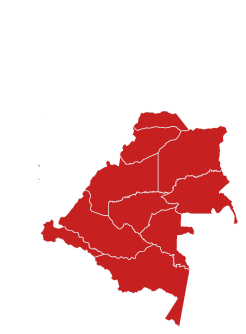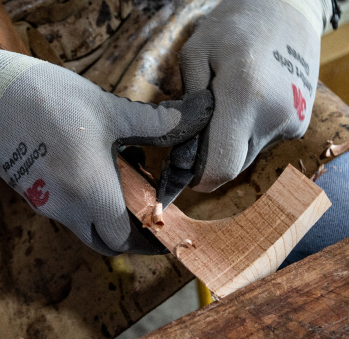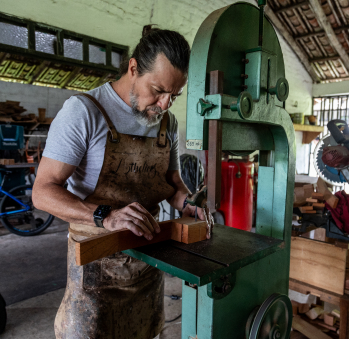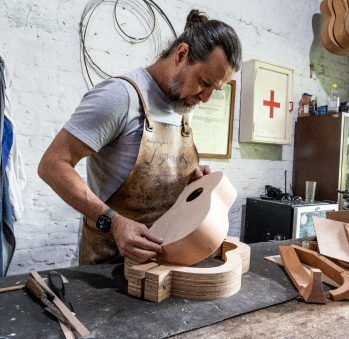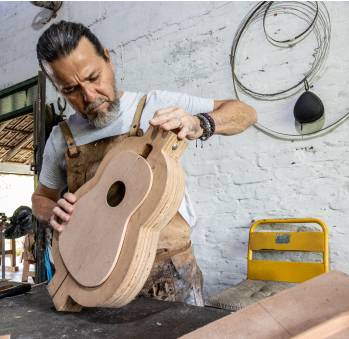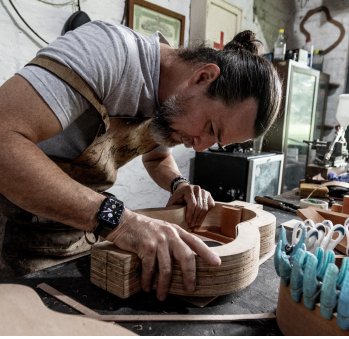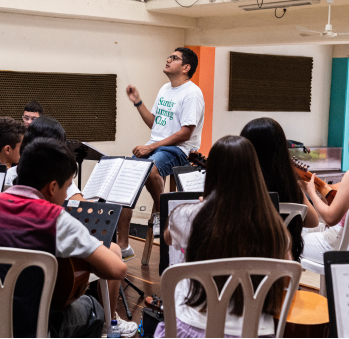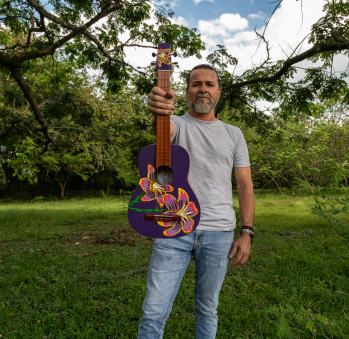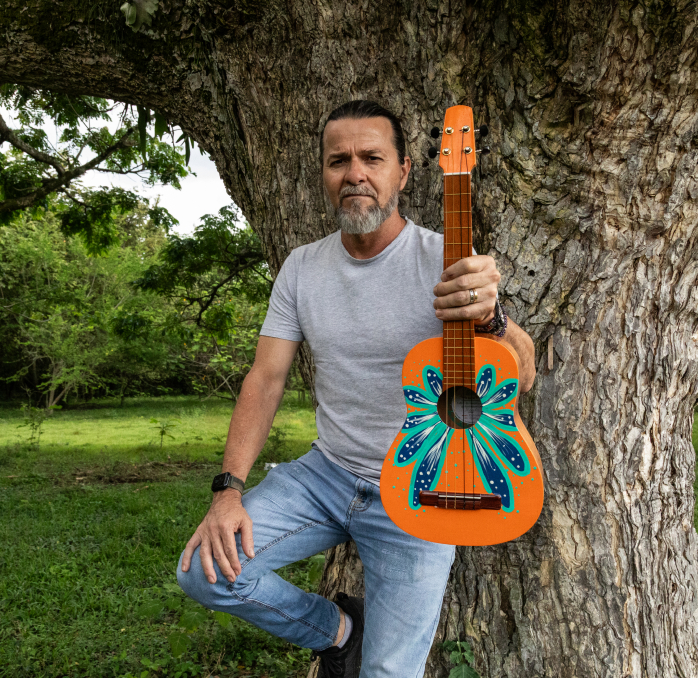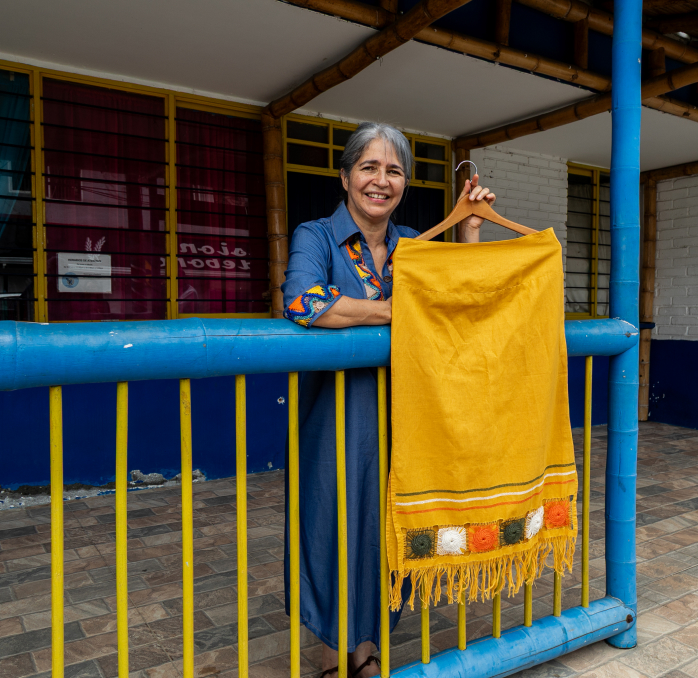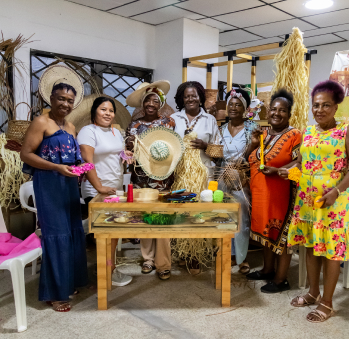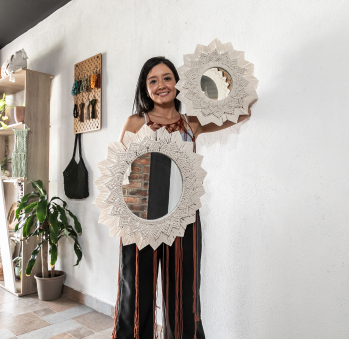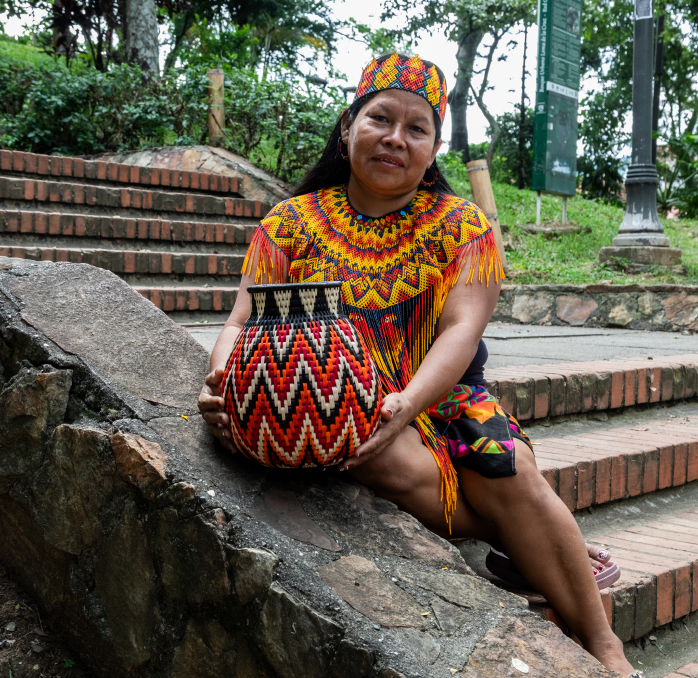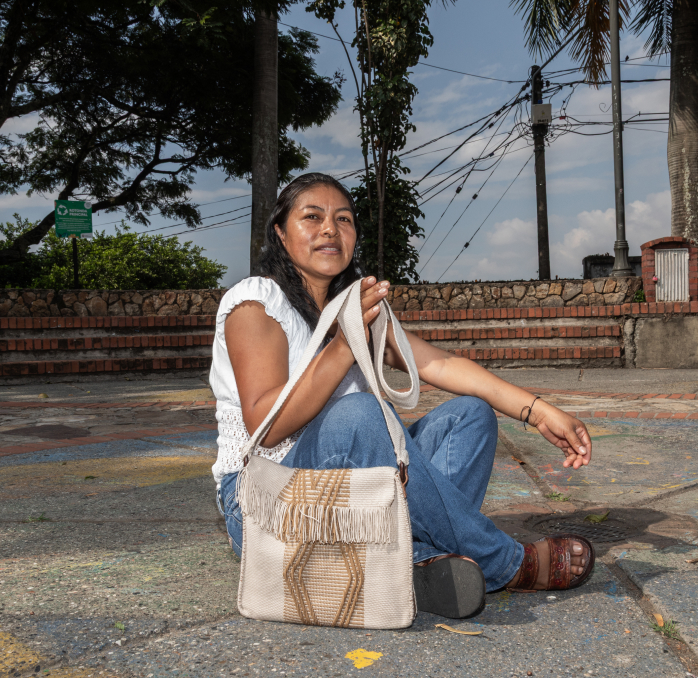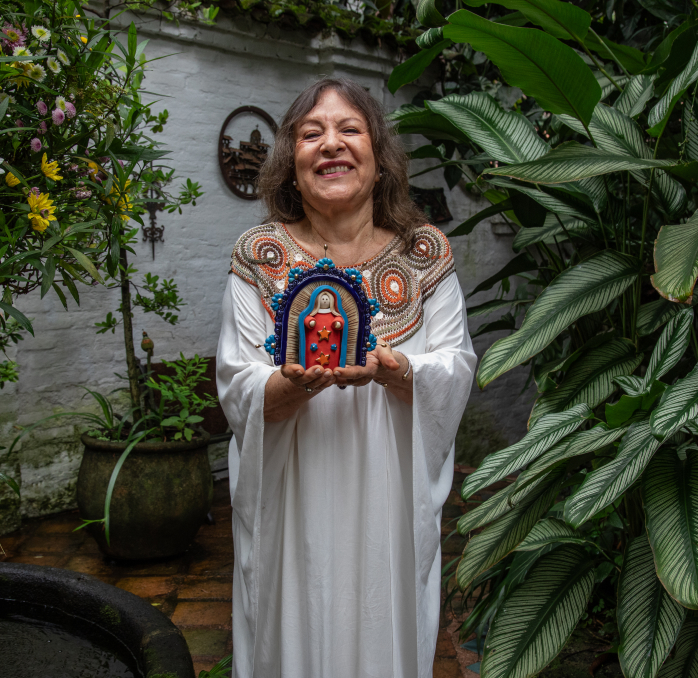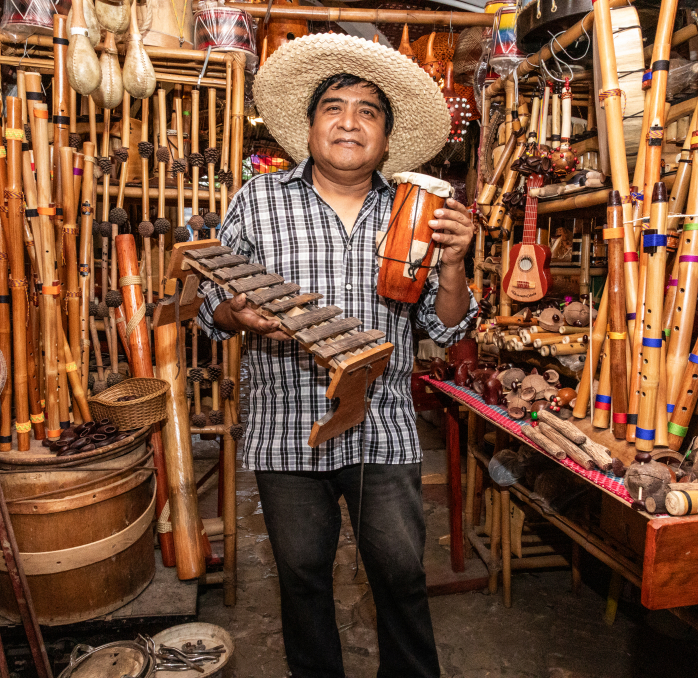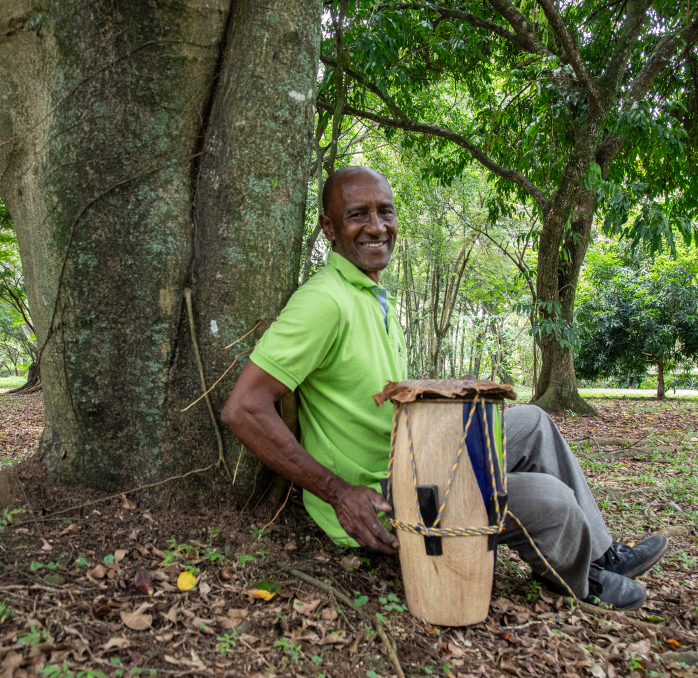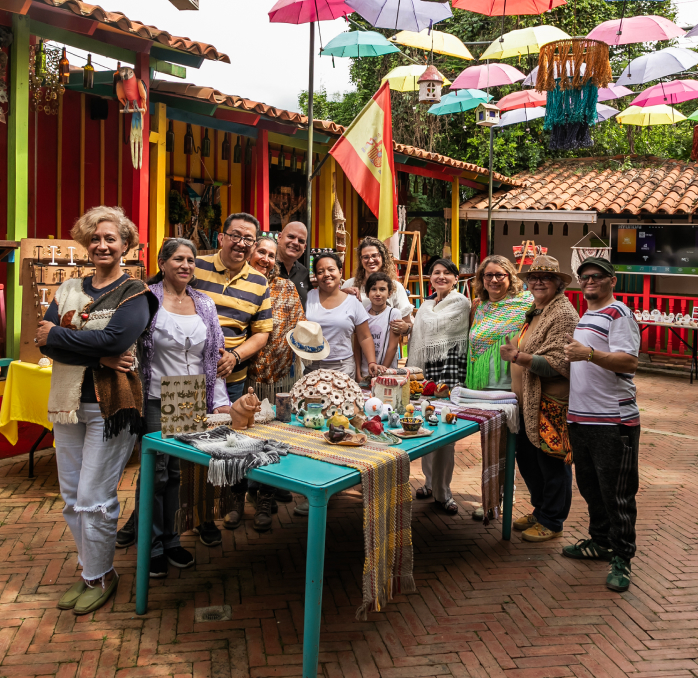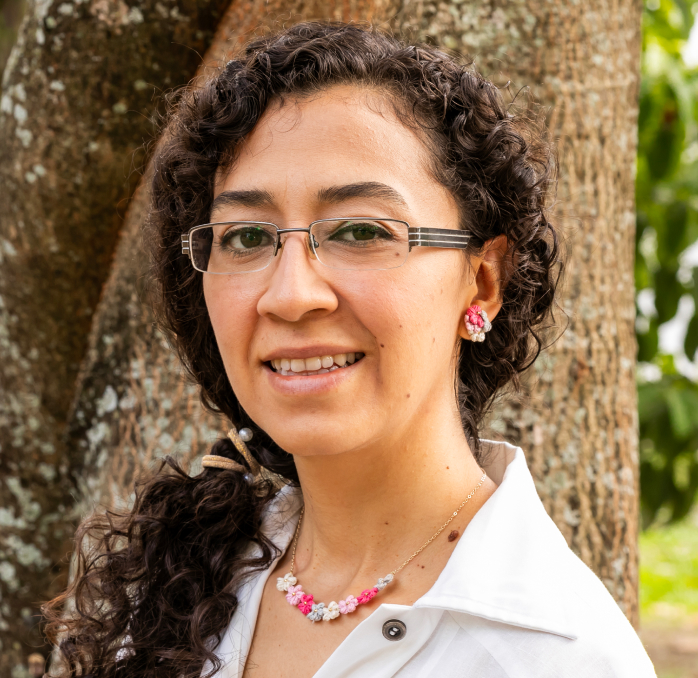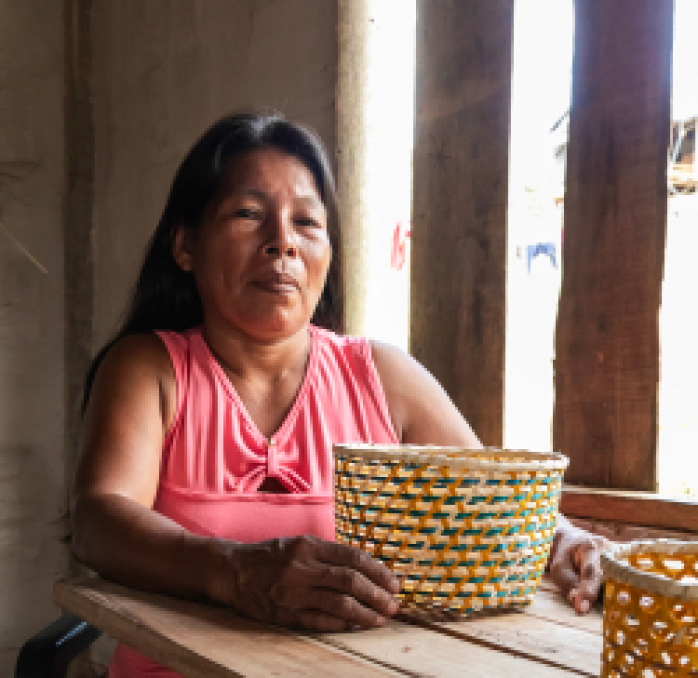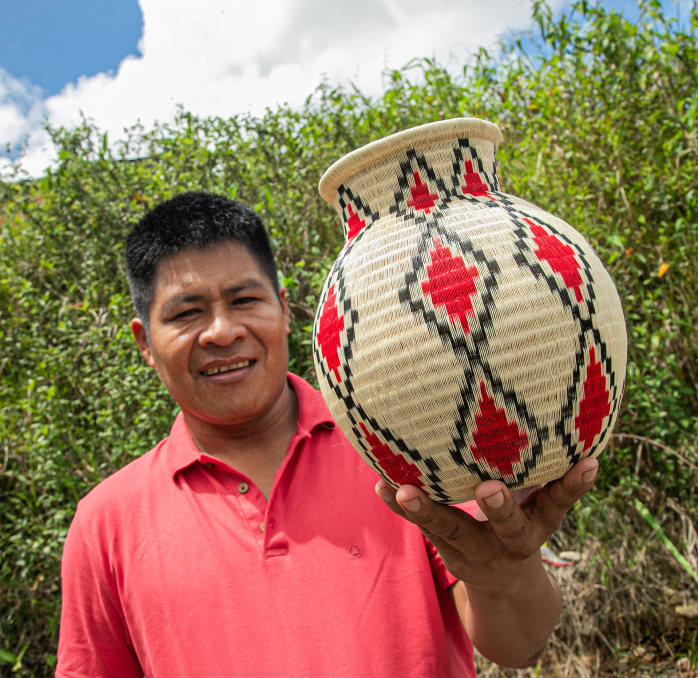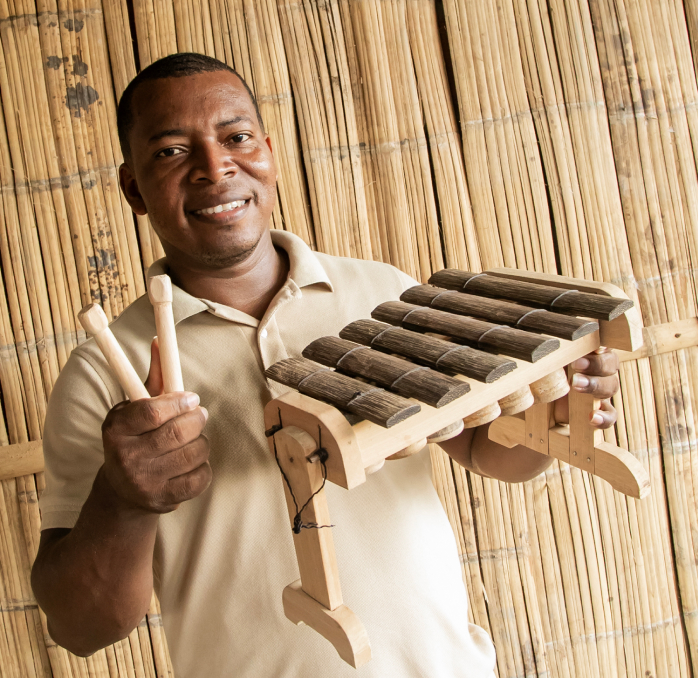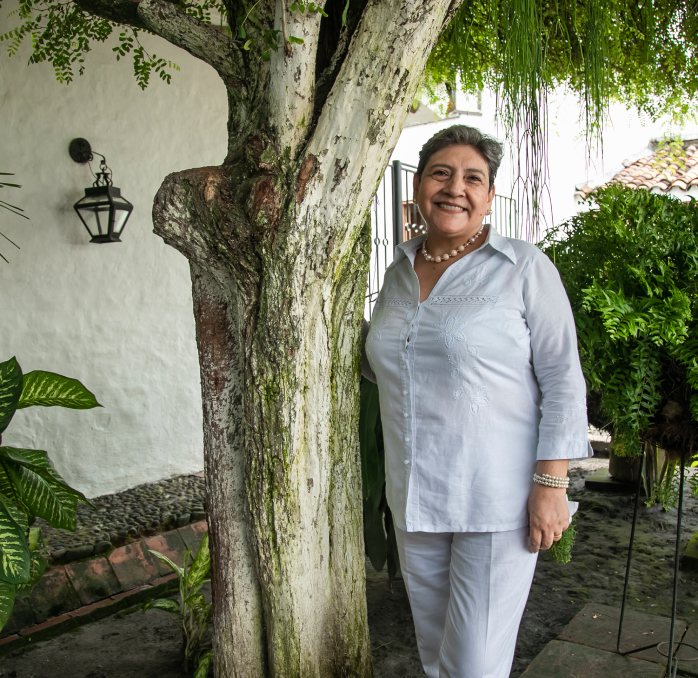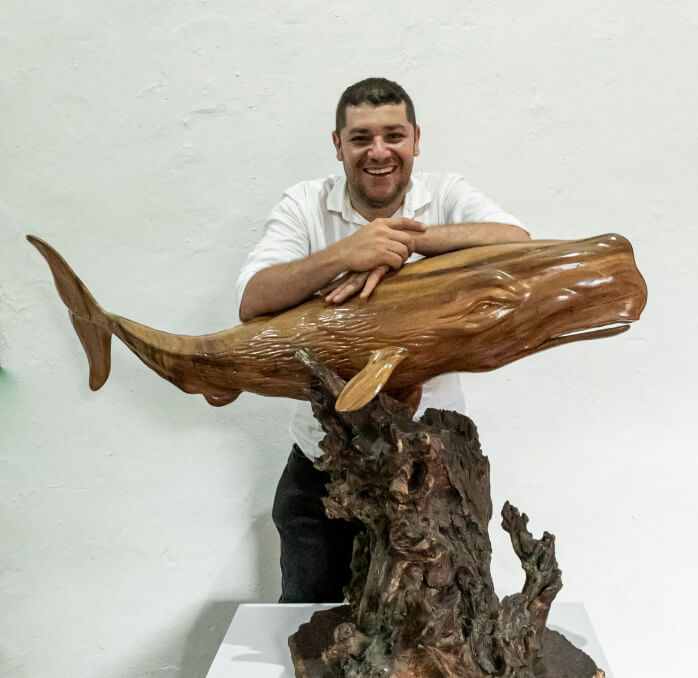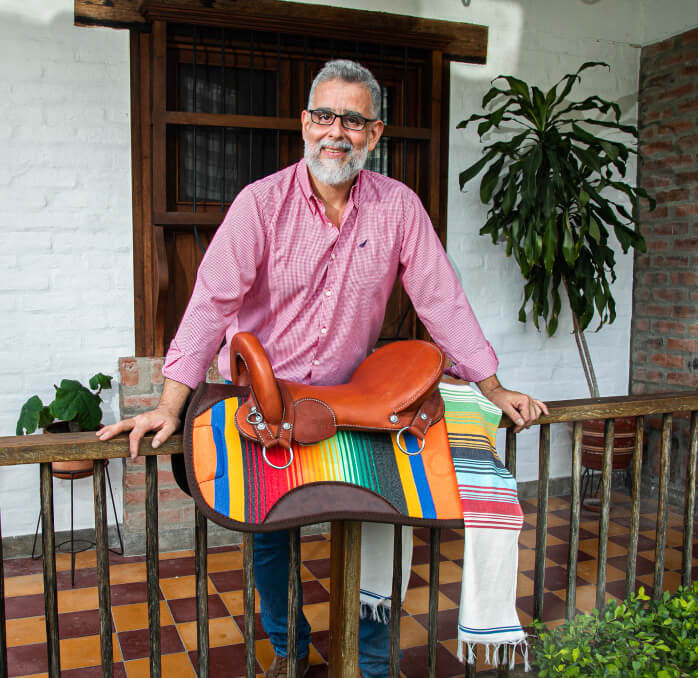Fundación Canto por la Vida
Workshop: Fundación Canto por la Vida
Craft: Musical instruments
Trail: Valle del Cauca route
Location: Ginebra, Valle del Cauca
SCHEDULE YOUR VISIT
Caserola Cantora Vía Naranjal-Ginebra (restaurante)
3108371206
duquevaro@yahoo.com.mx
@fundacioncantoporlavida
@FCantoPorLaVida
Ginebra is known not only for its exquisite sancochos de gallina—the rich hen stews simmered every weekend over wood-fired stoves along the banks of the Guabas River, their flavor shaped by the water and the skilled hands of seasoned cooks—but also for a festival that has celebrated Colombian Andean music every June since 1975: the Mono Núñez Festival. It was with that celebration in mind that, more than thirty years ago, the Canto por la Vida music school was born in Ginebra, later becoming the Canto por la Vida Foundation.
The school, which began operating in the early 1990s and now serves around 1,200 students, had from the start both the vision and the good fortune to establish its own luthiery workshop—a fascinating and rare addition. Instruments in school settings often suffer wear and tear and can end up piling up, or worse, being poorly repaired. So, with the help of luthier Tobías Bastidas, they set up their first workshop to repair and build plucked string instruments for the school: bandolas, tiples, and guitars—the very instruments used to play bambucos, pasillos, danzas, guabinas, and torbellinos, all traditional genres of Colombian Andean music. These are also the classic trio instruments, like those of the Trío Morales Pino. The mission to teach and build instruments attracted composer Gustavo Adolfo Rengifo, Jairo Rincón—of the carrangueros from Ráquira—and musician Pablo Olarte. Later, Rodrigo Duque joined the team. Today, he coordinates the luthiery workshop, which has been renamed Ateliers de Colombia. He had studied television production and originally came to Ginebra to film programs—never imagining it would be the place where destiny would catch up with him: first, by introducing him to his future wife, Dalia Conde, director of the Foundation, and then by offering him the chance to return to his father’s craft—luthiery—after his passing.
And just as Ginebra is famous for its music festival and sancochos, Canto por la Vida is known for its guitarrillos. Departing from the European tradition—closely tied to religious instruction—of teaching children music with a recorder, and aiming for an introduction more aligned with Colombian Andean music, the school came up with the guitarrillo. It may look like a toy, but it’s not: it’s a four-stringed instrument with a small body that fits a four-year-old’s frame and hands. It also makes it easy for children to transition later to a guitar, bandola, or tiple, since they’ve already become familiar with the shape and finger position. Best of all, it spares parents and teachers the high-pitched squeaks often produced when you hand a child a recorder. And while adults may rejoice in trading that shrillness for the mellow sound of cedar wood and strings, for children, it’s a dream to have an instrument they can design or paint themselves. At the school, they understand how important it is for each student to love their instrument—which is why they encourage personal customization.
Today, the guitarrillo is well known in music schools across the country, thanks to the workshop’s long-standing partnership with the Ministry of Culture to supply instruments—and thanks to the fact that they’ve offered such a brilliant invention. If you’re visiting Ginebra, we recommend planning a Friday visit to the workshop, and the next day, stopping for lunch at the restaurant next door, La Cacerola Cantora, to try, for example, a steaming bowl of their legendary sancocho de gallina.
Craft
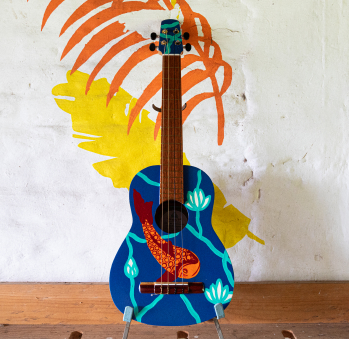
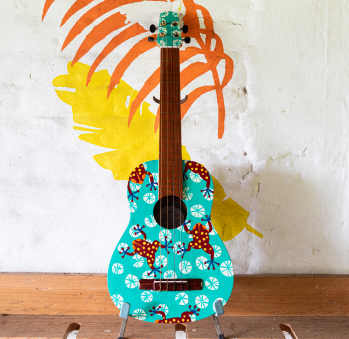
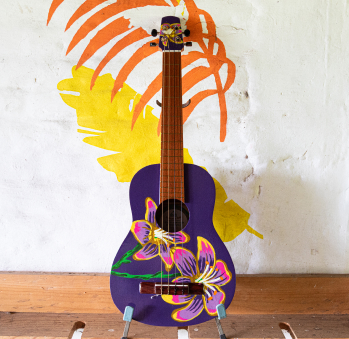
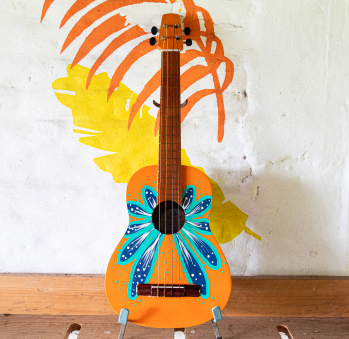
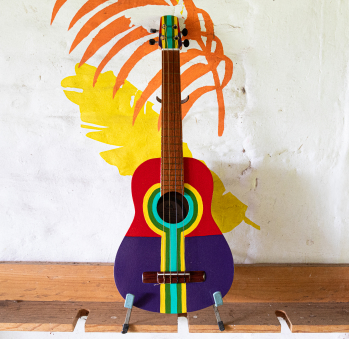
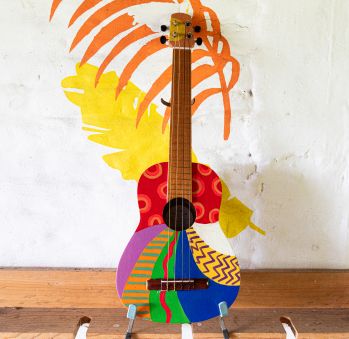
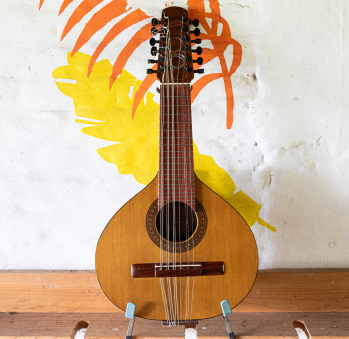
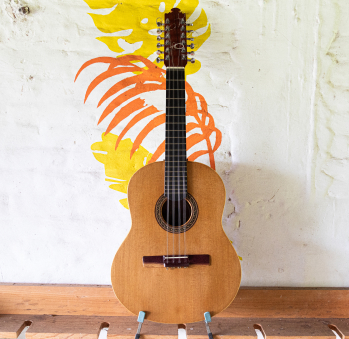








Artisans along the way
Artisans along the way
No puede copiar contenido de esta página


